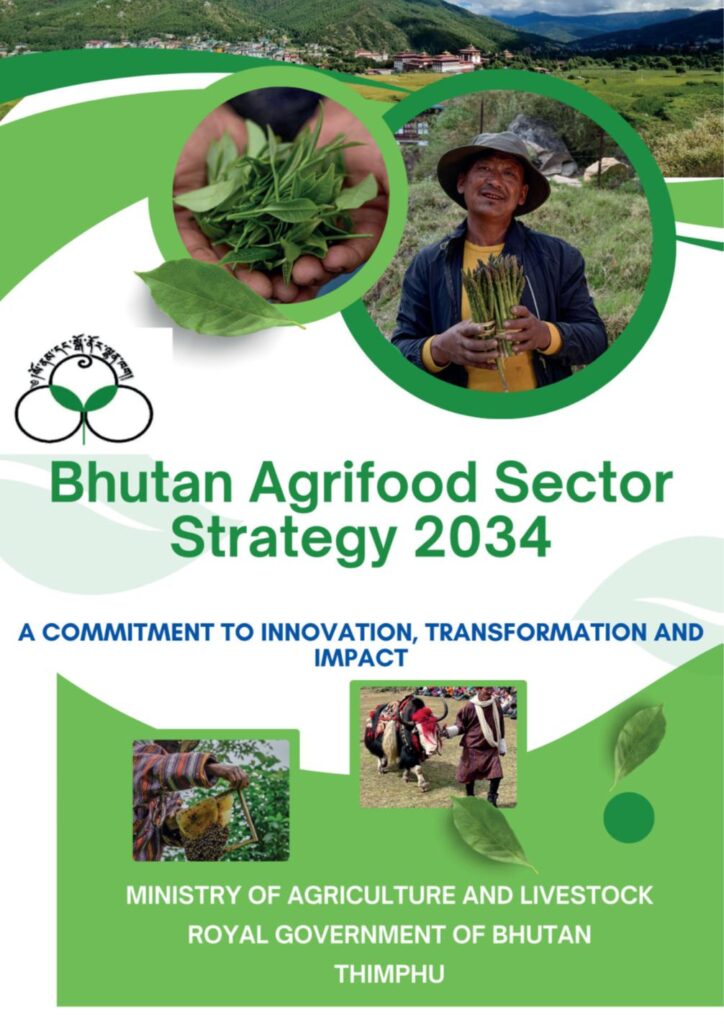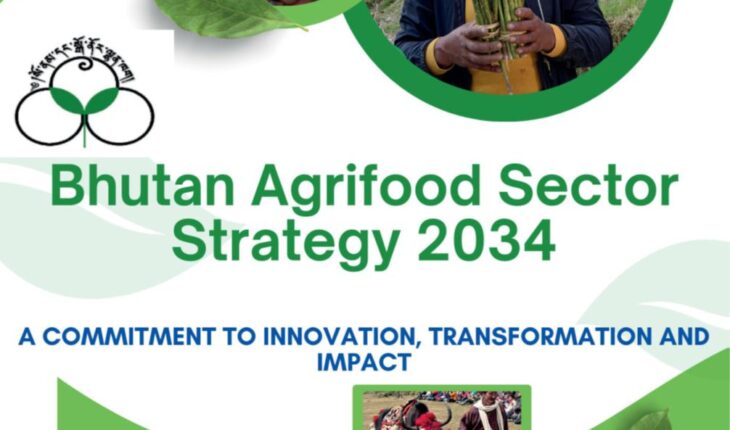
NGAWANG JAMPHEL
Thimphu
The Ministry of Agriculture and Livestock (MoAL) is working on a new plan to improve Bhutan’s agrifood sector by boosting exports and strengthening local markets under the Bhutan Agrifood Sector Strategy 2034.
The main goal of this strategy is to help farmers and businesses sell their products more effectively within the country and abroad. By doing so, the ministry aims to strengthen the economy, increase income for farming communities, reduce poverty, and ensure food security.
However, the export of major crops like cardamom, ginger, potatoes, mandarin, and apples has been struggling, and the livestock sector’s exports are almost non-existent. Promoting agricultural exports is seen as a key strategy to increase production, generate income, and reduce poverty.
Currently, most of Bhutan’s agrifood exports are sent to India and Bangladesh, but there is a lot of potential in markets like Singapore, Australia, Thailand, the Middle East, Japan, and Malaysia. These countries are interested in high-quality products like asparagus, broccoli, ginger, turmeric powder, chili, fresh fruits, and rainbow trout.
To expand exports, the ministry plans to test air freight services to see if it is cost-effective. They are also considering using cargo freight carriers and new railway ports to reach markets in cities like Dubai, Singapore, Bangkok, Delhi, Kolkata, Mumbai, and Dhaka, as well as countries like Malaysia, Japan, Germany, and Australia.
India and Bangladesh remain important markets, especially since India is expected to have the world’s third-largest number of high-income households by 2034. Bhutan’s organic and high-value food products could help meet India’s expected shortage of around 42 million tonnes of vegetables and fruits.
The ministry is also trying to improve regional trade by working with countries like Singapore, Thailand, and the United Arab Emirates (UAE) through existing trade agreements. Additionally, it is looking into getting duty-free quotas for Bhutanese products in Japan and the European Union.
Another important step the MoAL is planning to take is establishing a Geographical Indication (GI) system to certify the unique qualities of Bhutanese agrifood products. This system, developed with the help of the Department of Media, Creative Industry, and Intellectual Property (DoMCIIP), will help protect the authenticity of Bhutanese products and create premium market opportunities.
While focusing on exports, the ministry is also working to improve local markets, which have not yet been fully utilized. There is significant demand for food from institutions like Gyalsung Academies, schools, hospitals, and monastic institutions. Religious events and other large gatherings also offer good opportunities to sell local products.
Bhutan’s high-value, low-volume tourism policy has made it one of the most exclusive travel destinations in the world. From January 1 to March 31, 2024, Bhutan received 25,003 tourists, a 97 percent increase compared to the same period in 2023.
This growing tourism is expected to increase the demand for high-quality, locally sourced food to meet the needs of the hospitality sector. Furthermore, the upcoming Gelephu Mindfulness City (GMC), designed as a hub for sustainable living, is expected to create more market opportunities for Bhutan’s agrifood products.
The ministry aims to promote Bhutan as a destination known for safe, high-quality food, which will benefit both tourism and the local agrifood sector.
To improve the domestic market, MoAL is developing a National Institutional Feeding Programme with the help of the Ministry of Education and Skills Development (MoESD), Ministry of Health (MoH), monastic bodies, the Gyalsung Secretariat, and the Ministry of Agriculture and Livestock itself.
This program aims to provide balanced, diverse, and nutritious meals throughout the year for school children, hospital patients, and Gyalsung Academy cadets. Additionally, the ministry plans to enhance the School Agricultural Programme (SAP) to boost local food production.
Efforts will also be made to increase food stipends to make nutritious local foods more affordable. Key products such as eggs, milk, cheese, butter, fish, vegetables, and cereals will be prioritized for production and distribution in the domestic market.
As Bhutan’s urban population continues to grow, with about 49 percent of the population expected to live in cities by 2034, the demand for food will rise significantly.
By then, the country will need about 141,976 metric tonnes of cereals, 68,678 metric tonnes of vegetables, 40,278 metric tonnes of milk, 2,451 metric tonnes of meat, and 97 million eggs each year.
To meet this demand, the ministry plans to improve supply chains from farms to cities and encourage urban and peri-urban farming. This approach is expected to help increase food production and improve nutrition in urban areas.




